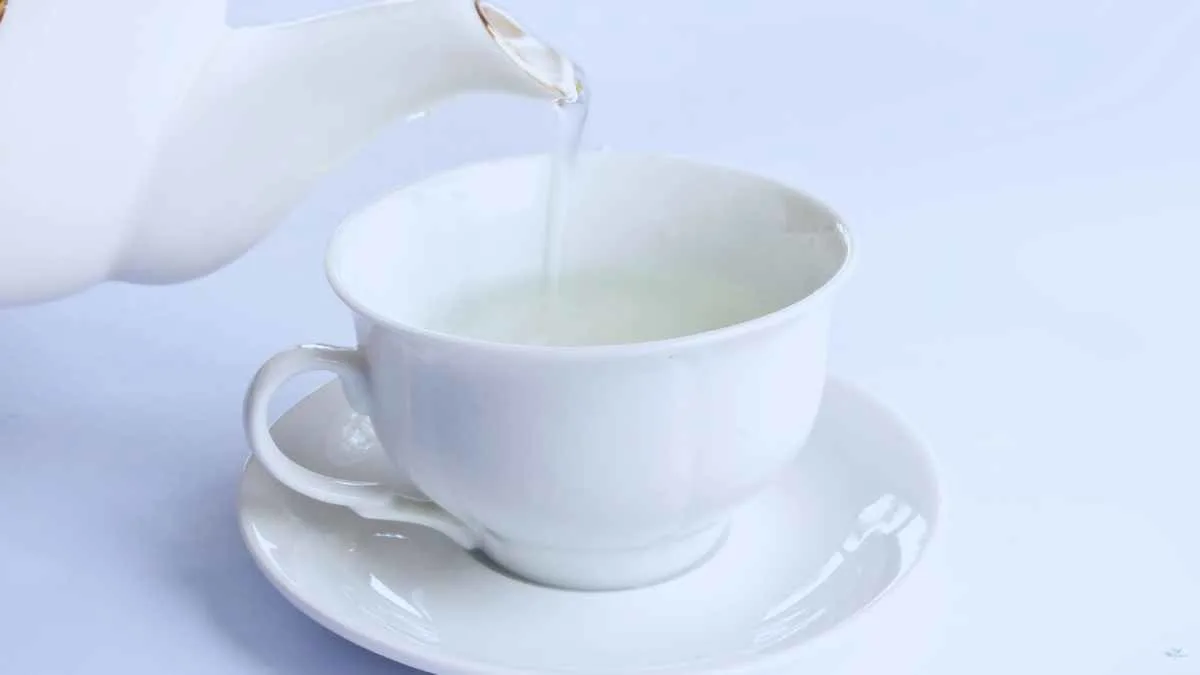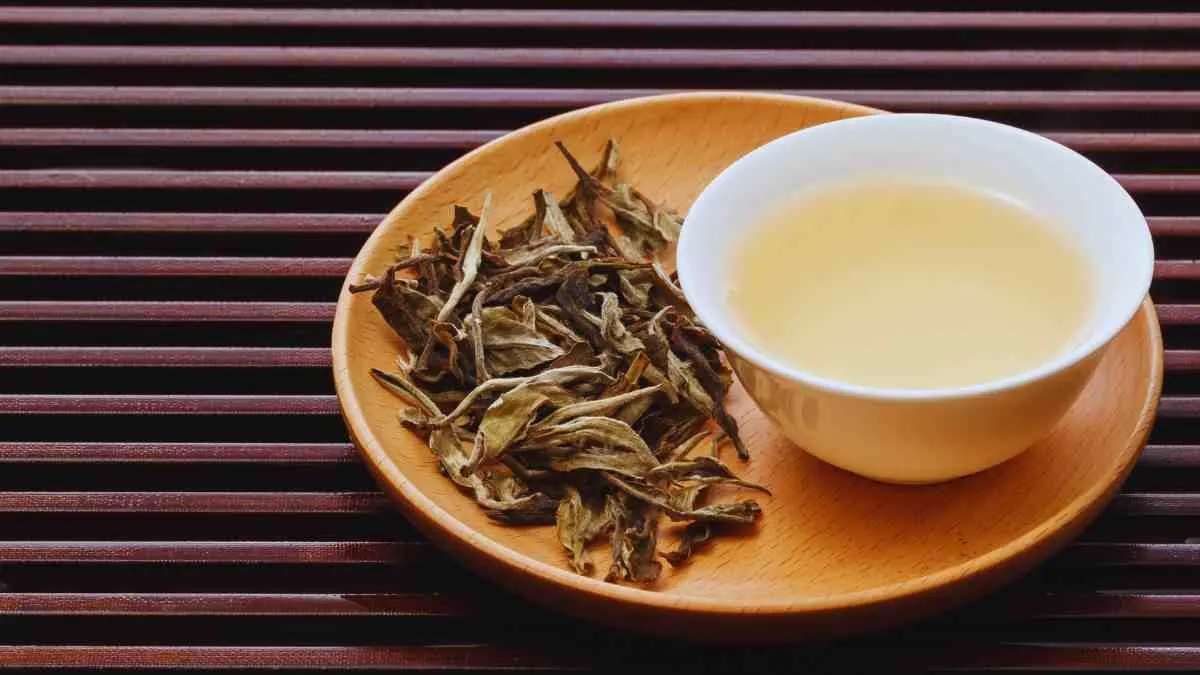White tea, the most delicate and minimally processed variety of tea, originates from the Camellia sinensis plant. Renowned for its subtle flavor and numerous health benefits, white tea has been cherished for centuries.
This article delves into its history, brewing methods, health advantages, and addresses common questions.
Origins and History:

White tea is believed to have originated in China’s Fujian province during the Tang Dynasty (618–907 AD). It was considered a rare and luxurious beverage, often reserved for royalty and nobility. The name “white tea” refers to the fine silvery-white hairs on the young tea buds.
These tender buds are carefully handpicked before they fully open, ensuring the highest quality.
Types of White Tea:
There are several varieties of white tea, each with unique characteristics:
-
Silver Needle: Composed solely of young buds, it is the rarest and most prized.
-
White Peony: Includes both buds and the first few leaves, offering a fuller flavor.
-
Tribute Eyebrow: Made from mature leaves, it has a stronger taste.
-
Long Life Eyebrow: Known for its earthy flavor and slightly higher caffeine content.
Brewing White Tea: Step-by-Step Guide:
Brewing white tea requires precision to preserve its delicate flavor. Follow these steps for the perfect cup:
1. Select High-Quality Tea Leaves
Opt for fresh, high-quality loose-leaf white tea. Avoid tea bags, as they often contain lower-grade leaves.
2. Measure the Tea
Use approximately 2 teaspoons of Silver Needle or 2 tablespoons of White Peony per 6 ounces of water. Adjust based on personal taste preferences.
3. Heat the Water
Heat water to around 160°F (71°C), just below boiling. Using water that’s too hot can scorch the delicate leaves.
4. Pre-Warm Your Teacup
Pour a small amount of hot water into your teacup and discard it. This step ensures the tea maintains its temperature.
5. Steep the Tea
Place the tea leaves in the pre-warmed teacup. Pour the heated water over the leaves. Let it steep for 1–5 minutes, tasting periodically to achieve your desired strength.
6. Serve and Enjoy
Strain the tea into another cup to remove the leaves. Serve immediately and enjoy the subtle, floral notes.
Health Benefits of White Tea:
White tea is rich in antioxidants, particularly catechins, which offer various health benefits:
-
Antioxidant Properties: The high concentration of catechins helps combat oxidative stress, protecting cells from damage.
-
Heart Health: Regular consumption may reduce the risk of heart disease by improving cholesterol levels and blood vessel function.
-
Skin Health: Antioxidants in white tea can protect the skin from UV damage and reduce signs of aging.
-
Weight Management: Some studies suggest that white tea may aid in weight loss by increasing fat burning and inhibiting fat cell formation.
-
Bone Health: The polyphenols in white tea may support bone density and reduce the risk of osteoporosis.
These benefits make white tea a valuable addition to a healthy lifestyle.
Recommended: Tea Tree | Nature’s Antiseptic Wonder
Common Questions:
Q1: How does white tea compare to green and black teas?
White tea is the least processed, retaining more antioxidants and having a milder flavor compared to green and black teas.
Q2: Can I drink white tea daily?
Yes, moderate consumption of white tea is generally safe and beneficial. Limit intake to 2–3 cups per day to avoid potential side effects from caffeine.
Q3: Does white tea contain caffeine?
Yes, white tea contains caffeine, but in lower amounts than green or black teas. The exact content varies depending on the type and brewing time.
Q4: How should I store white tea?
Store white tea in an airtight container, away from light, heat, and moisture, to preserve its freshness and flavor.
Q5: Can I reuse white tea leaves?
Yes, high-quality white tea leaves can be steeped multiple times, with each infusion offering a slightly different flavor profile.
Note
White tea, with its rich history and numerous health benefits, offers a unique and refined tea experience. By following proper brewing techniques and incorporating it into your daily routine, you can enjoy its subtle flavors and health-promoting properties.
Remember to choose high-quality leaves, use the right water temperature, and steep for the appropriate time to fully appreciate the delicate nuances of white tea.

